Interview with Peugeot design chief, Gilles Vidal
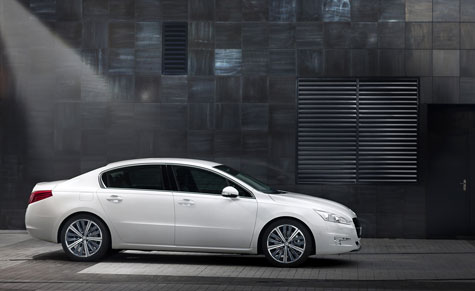
Peugeot wasn't always a carmaker. The company's manufacturing roots are mechanical, but only kicked into mass production with their innovative range of pepper mills and coffee pots in the mid-19th century. Within a few decades, the Peugeot family had branched out into bicycles and the company joined the automotive revolution (just like many other bike makers) as the century came to a close.
France was once a pioneer in car production, and Peugeot was at the forefront of the move to mass personal transit, with its distinctive aerodynamic cars arranged according to a functional naming system - from the compact 201 of 1929 through to the large, elegant 601 of the following decade. The company still follows this nomenaclature - and is still overseen by the Peugeot family itself - with the very latest model, the 508, debuting late last year. Despite this four-wheel focus, the company still builds bicycles and pepper grinders, the latter a fixture at fine restaurants around the world.
Wallpaper* caught up with Gilles Vidal, head of design for Peugeot since spring 2010, at a lunch at London's Charlotte Street Hotel. A company long-termer (he joined in 1996), Vidal has been tasked with taking the marque forward after what's generally considered to be a rather lacklustre few years of production models. Although sales are up in the face of industry-wide misery, critics point to the company's apparent misplaced ability to make cars that look good and drive well in addition to selling well. Although the former qualities aren't sought after by everyone, we can't help but agree that the production reality has rather failed to live up to the buzz created by Peugeot's striking concepts.
Only recently has this started to change. The 308 RCZ concept made it into production practically unchanged, a path followed by the '5 by Peugeot', which was a veiled preview of the new 508 model. This latter machine is the main reason Vidal is in the UK, visiting the long-established Peugeot UK team (based in Coventry) and showing the first UK-spec 508 estate, the SW, to the press.
Vidal is very much the modern car designer. Smart and personable, he has a broad interest in contemporary visual culture that goes far beyond the motor industry. As the owner of a classic Peugeot (as well as an Aston Martin), he's also someone who understands the role of emotions in car design. Happily, the first car to be built on his watch (although he didn't oversee the entire design process) is the 508, a svelte big saloon that's a world away from the brutish 3008 and 4007 and the ungainly compact cars that are now some way off class best.
Sitting inside the 508 SW, Vidal expands on his long-term vision. 'We want simple design themes,' he says, 'it's harder to come up with something new when you are being very simple and economical with line. The new saloon is big but lithe, eschewing the collision of forms, vents and excessively aggressive grilles and lights that has characterised the company for the past few years. Industry inertia is slow, but with electric drive systems finally entering the mainstream, there is clearly scope for Peugeot to amp up its design status.
The 508 draws heavily on last year's SR1 concept, a sleek coupe that's sadly not destined for production (perhaps because it has more than a hint of Vidal's own Aston Martin about it). Built in France and China, where the market for hefty saloons is still expanding fast, the 508 is a return to the style and grace of the Pininfarina-era of cars from the 1970s and 80s. Peugeot is now something of an expert in the art of the glass roof, and the SW's vast clear rooftop window transforms the interior. Elsewhere, materials and switches are given an upmarket feel, as befits the whole market's shift towards premium products for the big car sector.
Receive our daily digest of inspiration, escapism and design stories from around the world direct to your inbox.
Next up is a new small car, a model that's hugely important for Peugeot. Back in the 1990s, the company owned the city car segment, and classics like the 205 and 106 set the benchmark. Also in the works is a new collection of hybrid diesels - the world's first - a pragmatic and highly practical solution for very efficient fuel economy.
More way-out designs are on the way. Concepts like the EX1 (2010) show the company can still push the boundaries. 'Electric cars are an interesting adventure,' says Vidal, 'Peugeot had electric cars in the nineteenth century but petrol won because back then it was more efficient. In the 1930s we had the VLV [the Voiture Légère de Ville], a tiny little electric town car. They only built 300 and today they almost look conceptual. And more recently we had the electric 106, which was at the time the best-selling electric car in the world.' Today, the first of Peugeot's new fleet of electric vehicles is the iOn, essentially a re-branded Mitsubishi, but a more promising insight into future plans came with the BB1 city car concept shown late last year.
'Now is just the beginning of the electrical era,' Vidal enthuses, 'we will need everything - petrol, diesel, hybrid and electric - but concepts like BB1 are possible because you have the freedom in the technical architecture. It's far more modular and lets you be more radical.' Asked whether Peugeot will push on with an all-electric sub-brand, like BMW, he says that 'any new technology will bring new design to the table,' but implies that Peugeot will remain exactly as it is.
Vidal's job is to look forward. No new concepts are planned until this Autumn's Frankfurt Motor Show, but in the interim, he needs to navigate the web of legislation and manufacturing limitations that bind every company. 'Car design isn't quite as bad as join the dots,' he jokes, 'but it can be a bit like that. But all manufacturers share these constraints; the challenge is to keep your identity, your DNA. With Peugeot we want elegance and purity.' And with that he grinds some pepper onto his tuna steak (happily the mill bears that all-important family name) and talk turns to London's latest stores and structures. Peugeot's past elegance seems safe in Vidal's hands.
This article was published 11 February 2011.
Jonathan Bell has written for Wallpaper* magazine since 1999, covering everything from architecture and transport design to books, tech and graphic design. He is now the magazine’s Transport and Technology Editor. Jonathan has written and edited 15 books, including Concept Car Design, 21st Century House, and The New Modern House. He is also the host of Wallpaper’s first podcast.
-
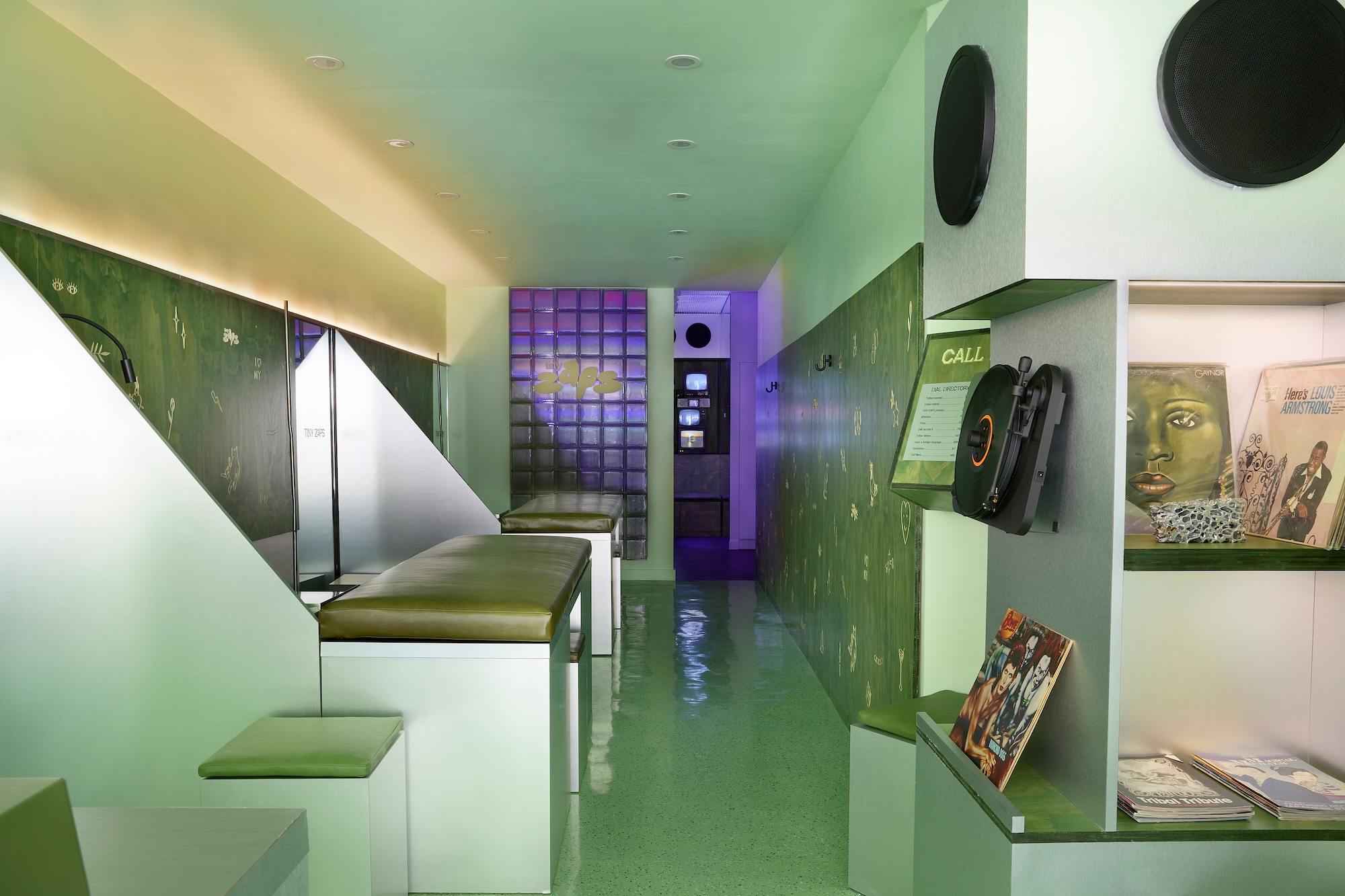 Terrified to get inked? This inviting Brooklyn tattoo parlour is for people who are 'a little bit nervous'
Terrified to get inked? This inviting Brooklyn tattoo parlour is for people who are 'a little bit nervous'With minty-green walls and an option to 'call mom', Tiny Zaps' Williamsburg location was designed to tame jitters
-
 Let’s hear it for the Chopard L.U.C Grand Strike chiming watch
Let’s hear it for the Chopard L.U.C Grand Strike chiming watchThe Swiss watchmaker’s most complicated timepiece to date features an innovative approach to producing a crystal-clear sound
-
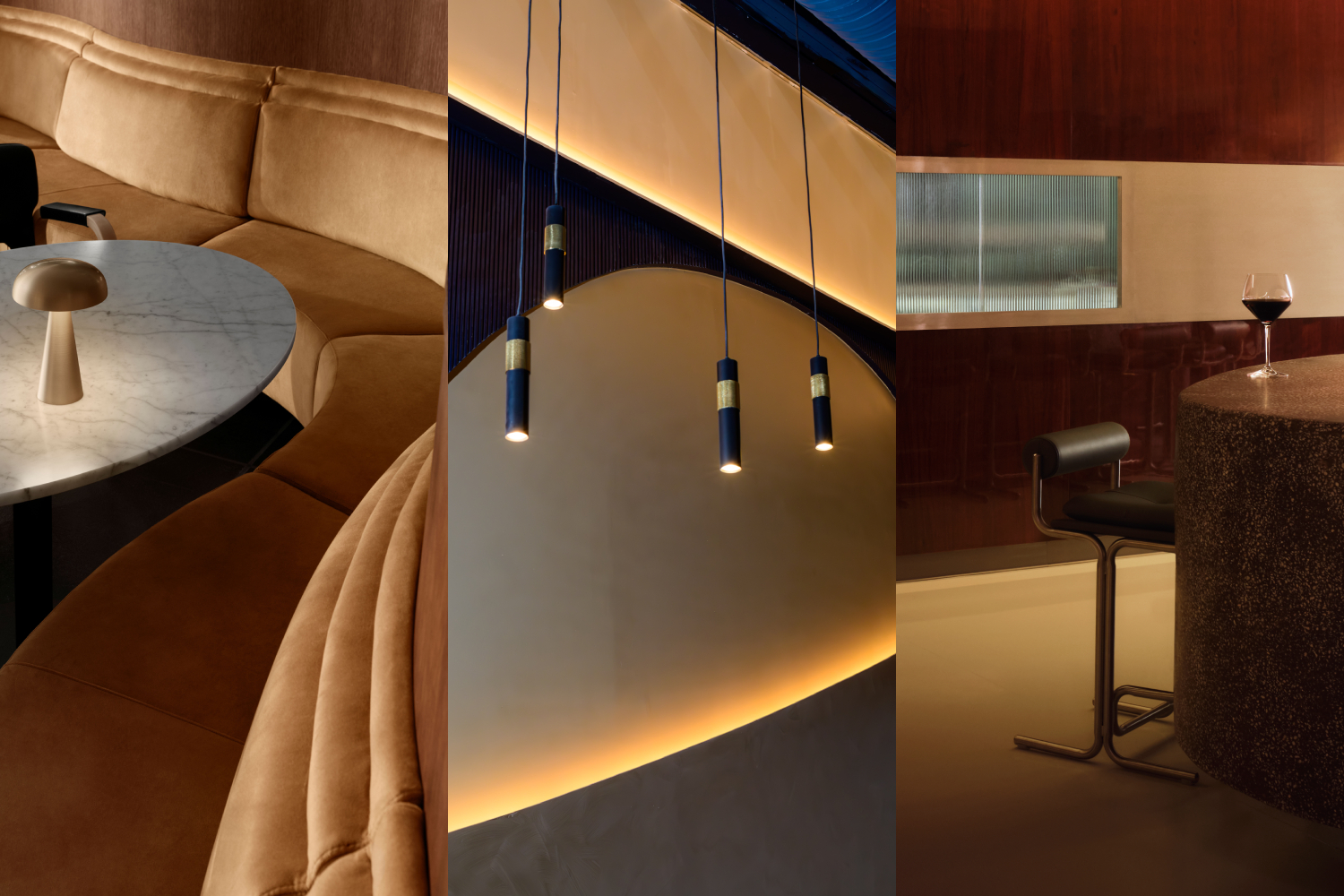 Form... and flavour? The best design-led restaurant debuts of 2025
Form... and flavour? The best design-led restaurant debuts of 2025A Wallpaper* edit of the restaurant interiors that shaped how we ate, gathered and lingered this year
-
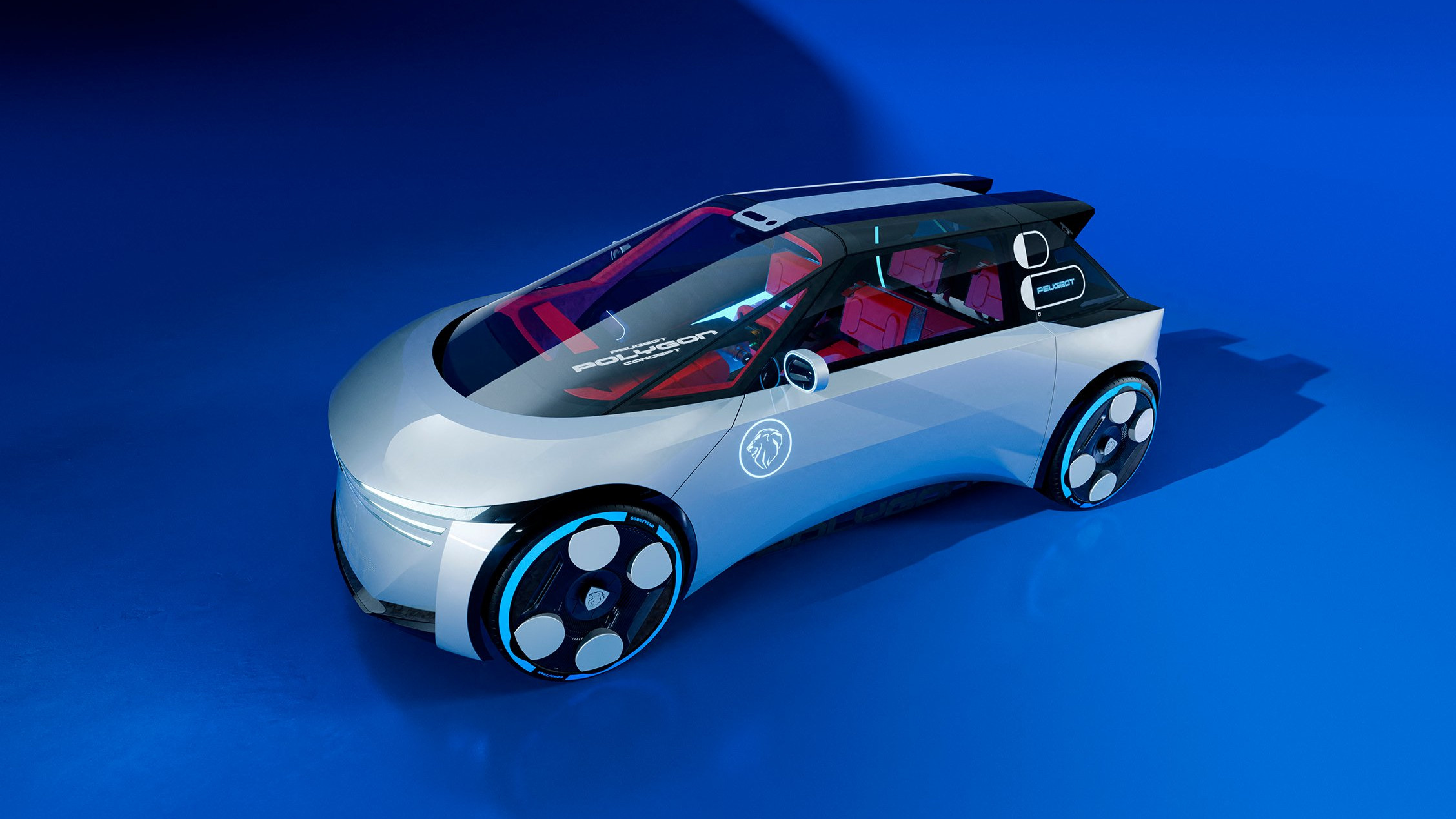 Peugeot's Polygon Concept city car of tomorrow exists in the frantic online world of Fortnite
Peugeot's Polygon Concept city car of tomorrow exists in the frantic online world of FortnitePeugeot pitches its new design language to the gaming community with a concept car designed for virtual worlds
-
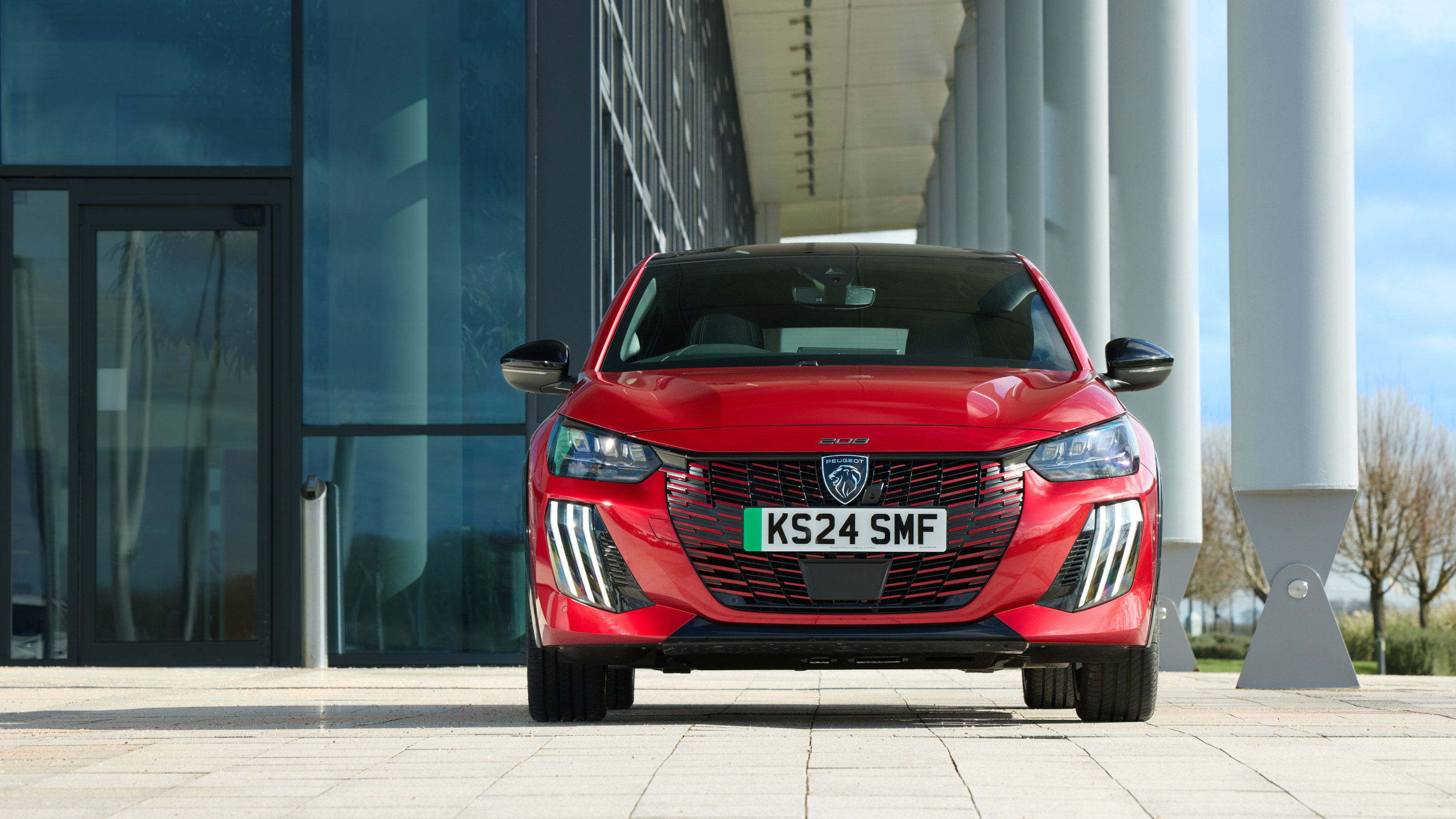 Is Peugeot’s smallest EV also its best? The pros and cons of the E-208 GT
Is Peugeot’s smallest EV also its best? The pros and cons of the E-208 GTThe Peugeot E-208 GT is a compact electric car with character and style, if not class-leading specifications
-
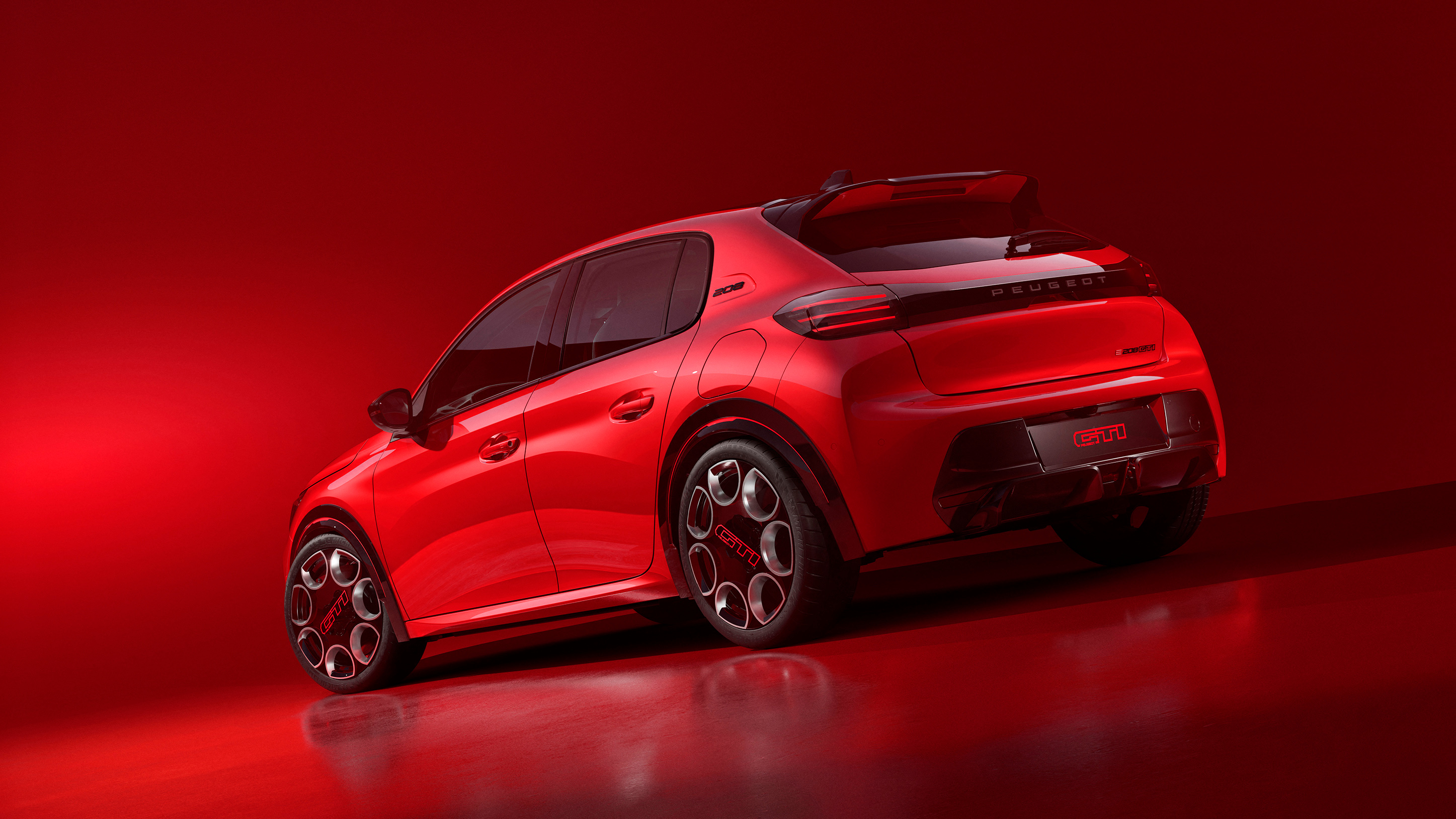 Peugeot brings back a classic performance badge for the electric era: meet the E-208 GTi
Peugeot brings back a classic performance badge for the electric era: meet the E-208 GTiPeugeot has unveiled the new E-208 GTi, a performance EV designed to hark back to a golden age of compact sports cars
-
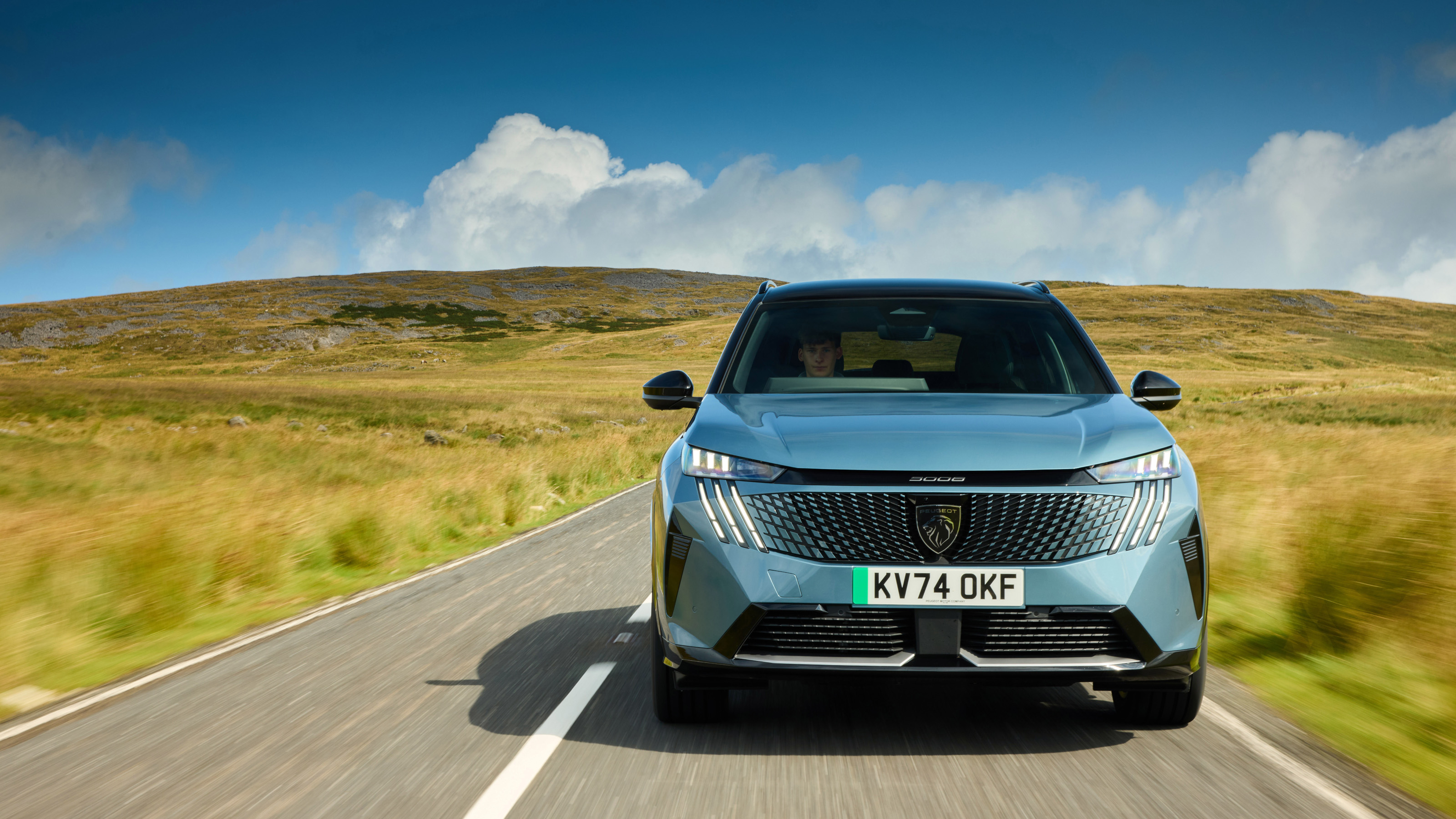 The Peugeot E-5008 is an adept but ostentatious take on the all-electric SUV
The Peugeot E-5008 is an adept but ostentatious take on the all-electric SUVPeugeot has swapped its seductive design language for something shoutier and less discrete as it attempts to conquer the electric SUV segment with the new E-5008
-
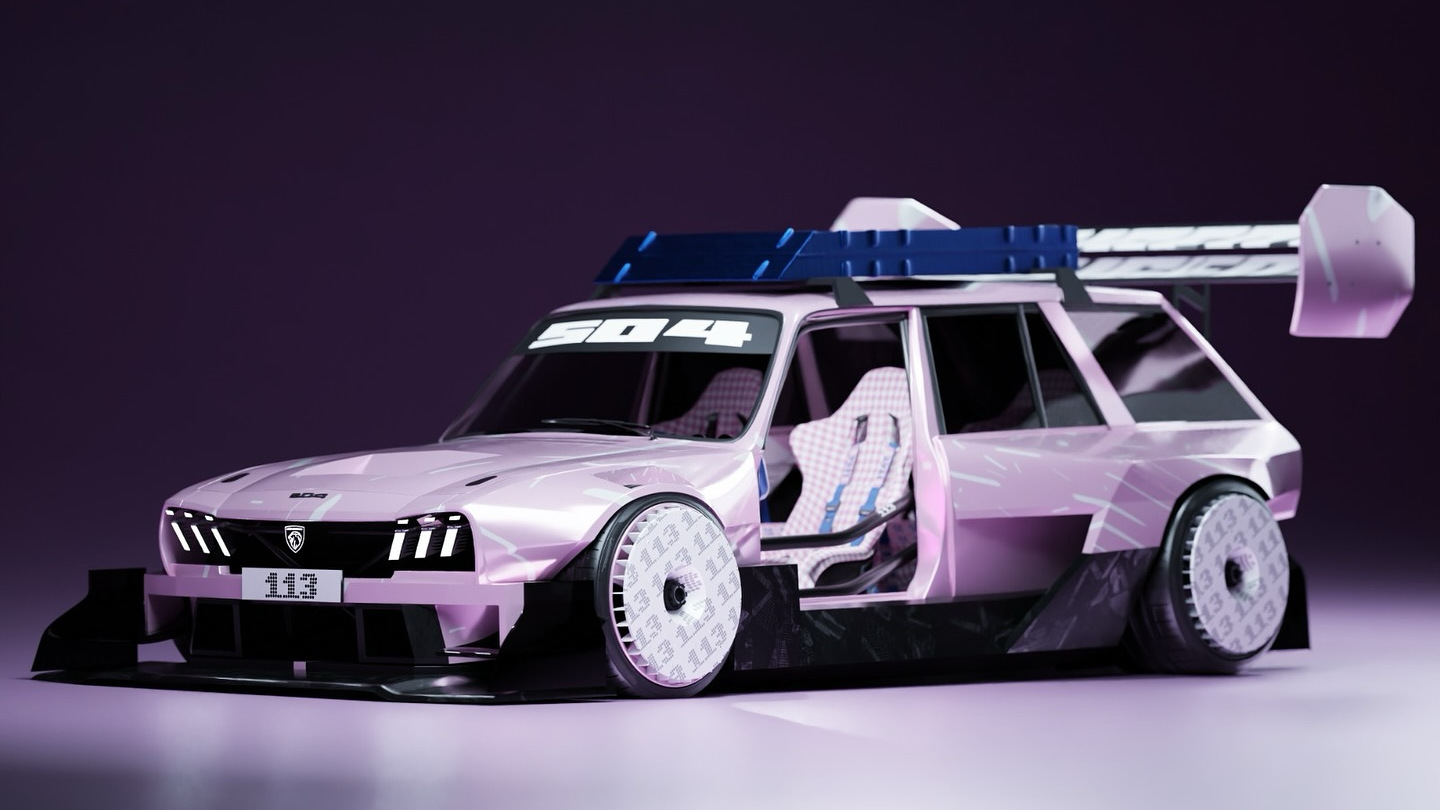 The 504 Pikes Peak is Peugeot Design Lab’s radical reinvention of the classic family wagon
The 504 Pikes Peak is Peugeot Design Lab’s radical reinvention of the classic family wagonPeugeot unveils a trio of concept cars that celebrate history, music and design, with in-car vinyl, carbon bodywork and outrageous performance
-
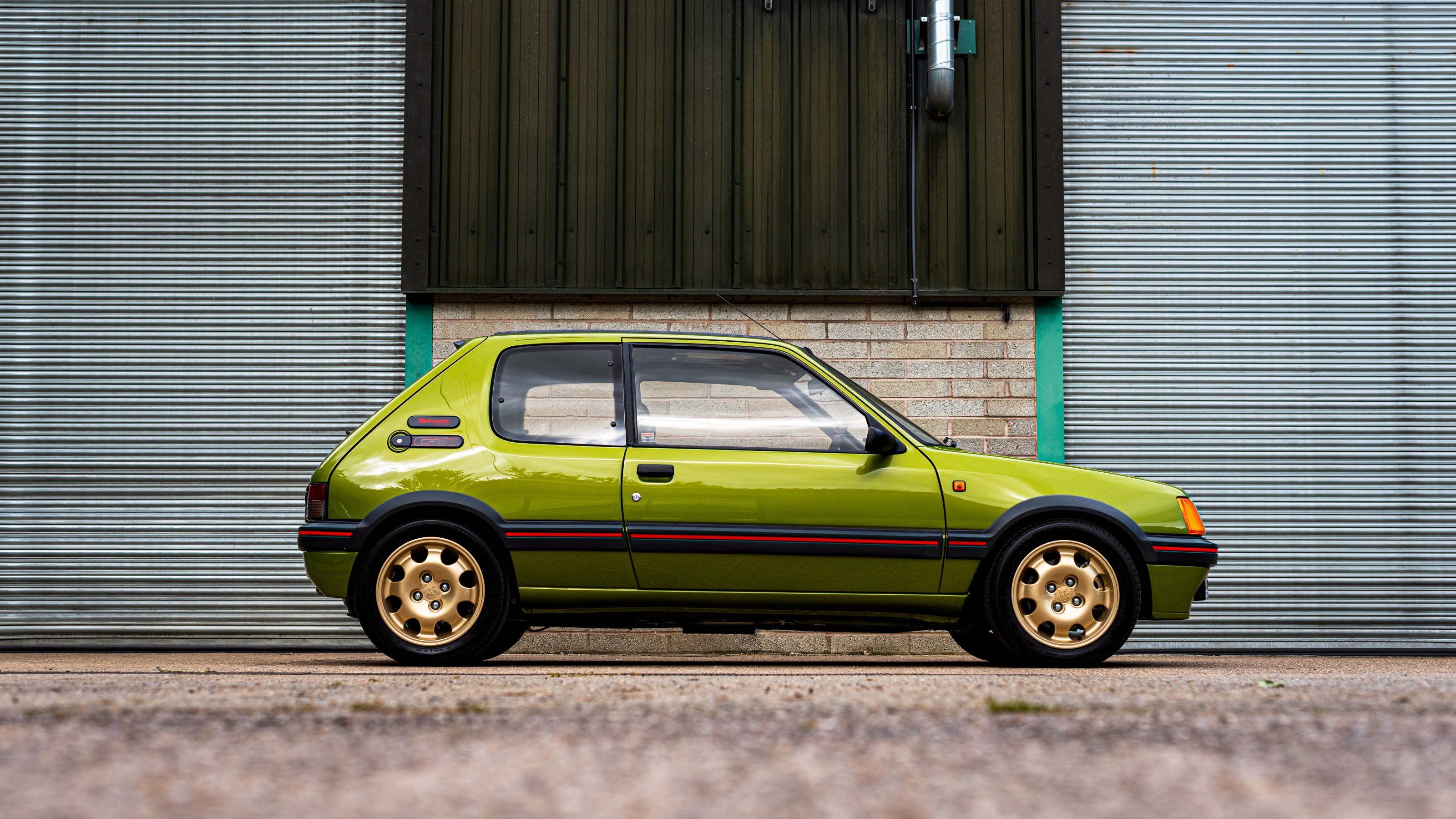 We go back to the 1980s with Tolman’s epic hot-hatch restmod Peugeot 205 GTI
We go back to the 1980s with Tolman’s epic hot-hatch restmod Peugeot 205 GTITolman Engineering has transformed the terrific Peugeot 205 GTI into a robust, pocket-sized performance classic
-
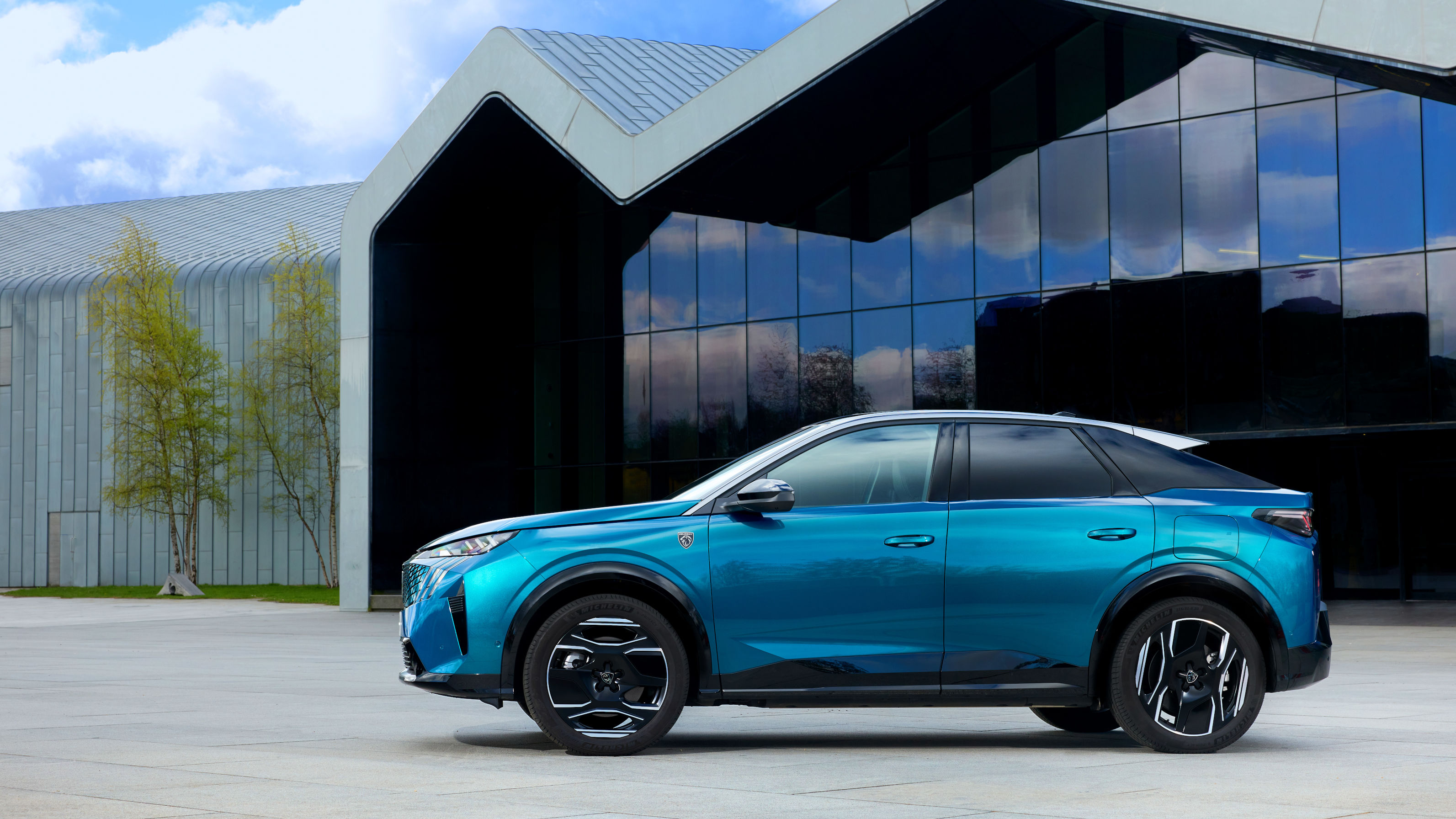 Peugeot E-3008 sets new standards for electric SUV design
Peugeot E-3008 sets new standards for electric SUV designThe Peugeot E-3008 is an alluring electric car that combines neat lines, smart tech and an idiosyncratic interior
-
 The Peugeot 508 SW continues a traditional mix of elegance, efficiency and simplicity
The Peugeot 508 SW continues a traditional mix of elegance, efficiency and simplicityThe Peugeot 508 SW is the latest in a long line of great estates, now with refined exterior design, new features and a more efficient hybrid system